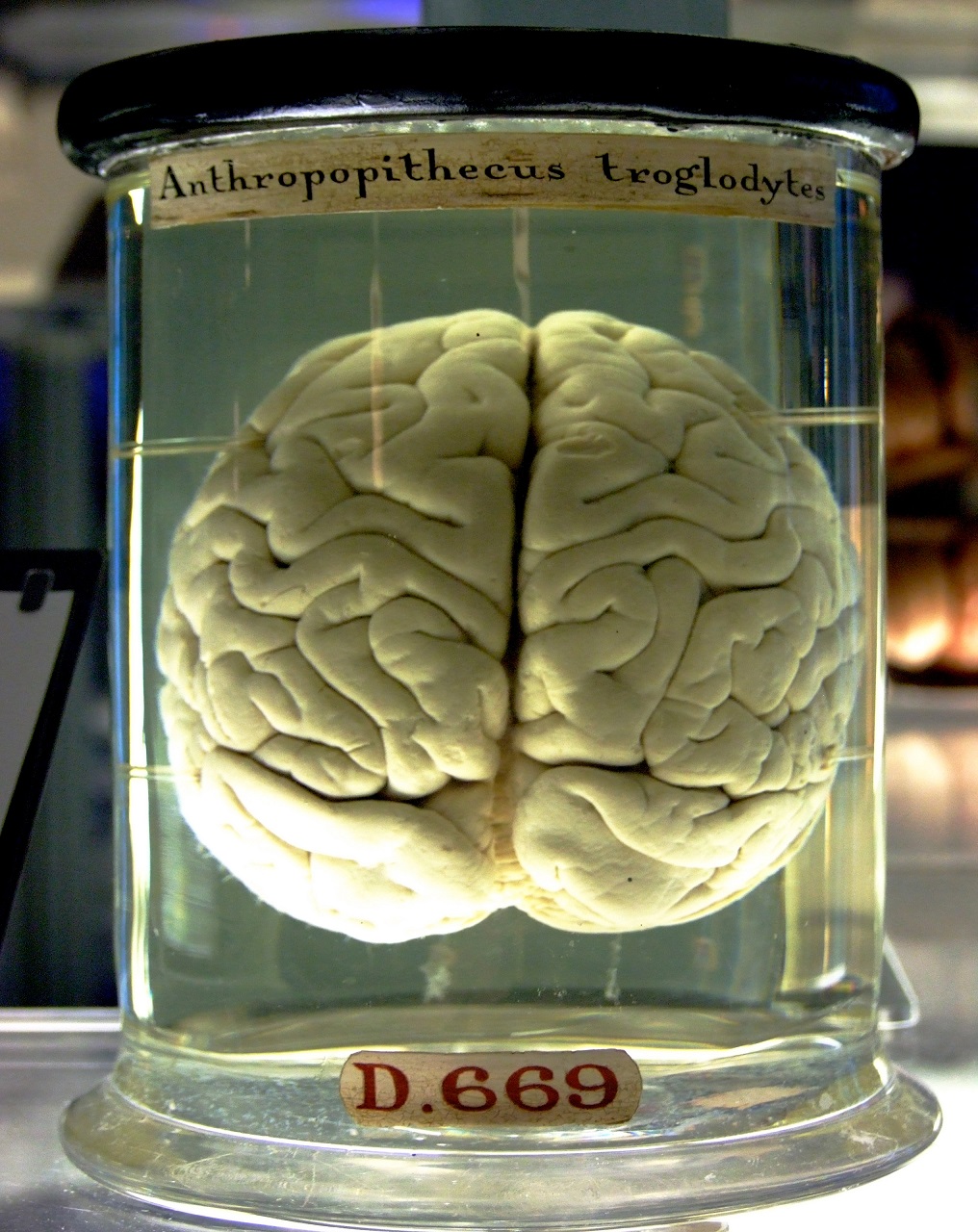Safety stats show TBI drop
 Safety authorities have reported that the incidence of severe traumatic brain injury (TBI) caused by motor vehicle, cyclist and pedestrian collisions has dropped dramatically.
Safety authorities have reported that the incidence of severe traumatic brain injury (TBI) caused by motor vehicle, cyclist and pedestrian collisions has dropped dramatically.
In the 9 years to the end of 2014, the overall incidence of severe TBI declined from 5.0 to 3.2 cases per 100 000 population per year.
The incidence of severe TBI in motor vehicle occupants declined 11 per cent per year, as did that for cyclists (12 per cent per year) and pedestrians (5 per cent per year).
The authors of the latest figures – Dr Ben Beck and colleagues from the School of Public Health and Preventive Medicine at Monash University and the Emergency and Trauma Centre at the Alfred Hospital in Melbourne - say this suggests that “road injury prevention measures have been effective”.
The one piece of bad news from the study was the finding that there has been an increase of severe TBIs resulting from low falls, which occur more frequently in people over 65 years of age.
The researchers found that the incidence of severe TBI from low falls had increased 4 per cent per year during the study period, so that in recent years it was higher than that for severe TBI resulting from motor vehicle crashes.
Further, mortality associated with TBI was highest for those aged 65 years or more.
Severe TBI resulting from intentional events (violence and self-harm) was 0.60 cases per 100,000 population per year, and had also declined, by 5 per cent per year across the study period.
“Ongoing efforts to reduce road trauma, interpersonal violence and intentional self-harm injury are warranted, while increased efforts to reduce falls-related injuries and injuries to vulnerable road users are needed.”







 Print
Print